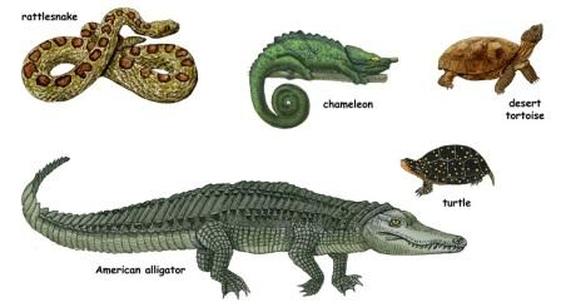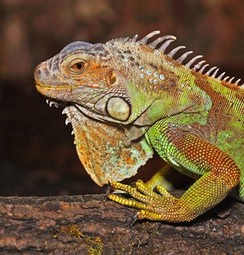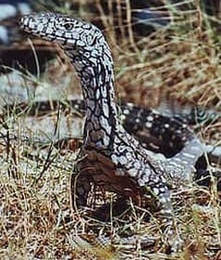What is a Reptile? |

Custom Search
|
Early reptiles were able to colonize terrestrial habitats because of 2 fundamental adaptations not present on amphibians, laying hard-shelled eggs and scales covering their body.
Their scales protected them from abrasion and loss of moisture, and the hard-shelled eggs provided a great protection in which the embryo could develop. All reptiles share some common characteristics:
Here are some of the reptiles found on this site
|
Did You Know?
The Alexandrine parakeet (Psittacula eupatria) got its name from Alexander the Great who exported them back to Europe. |



